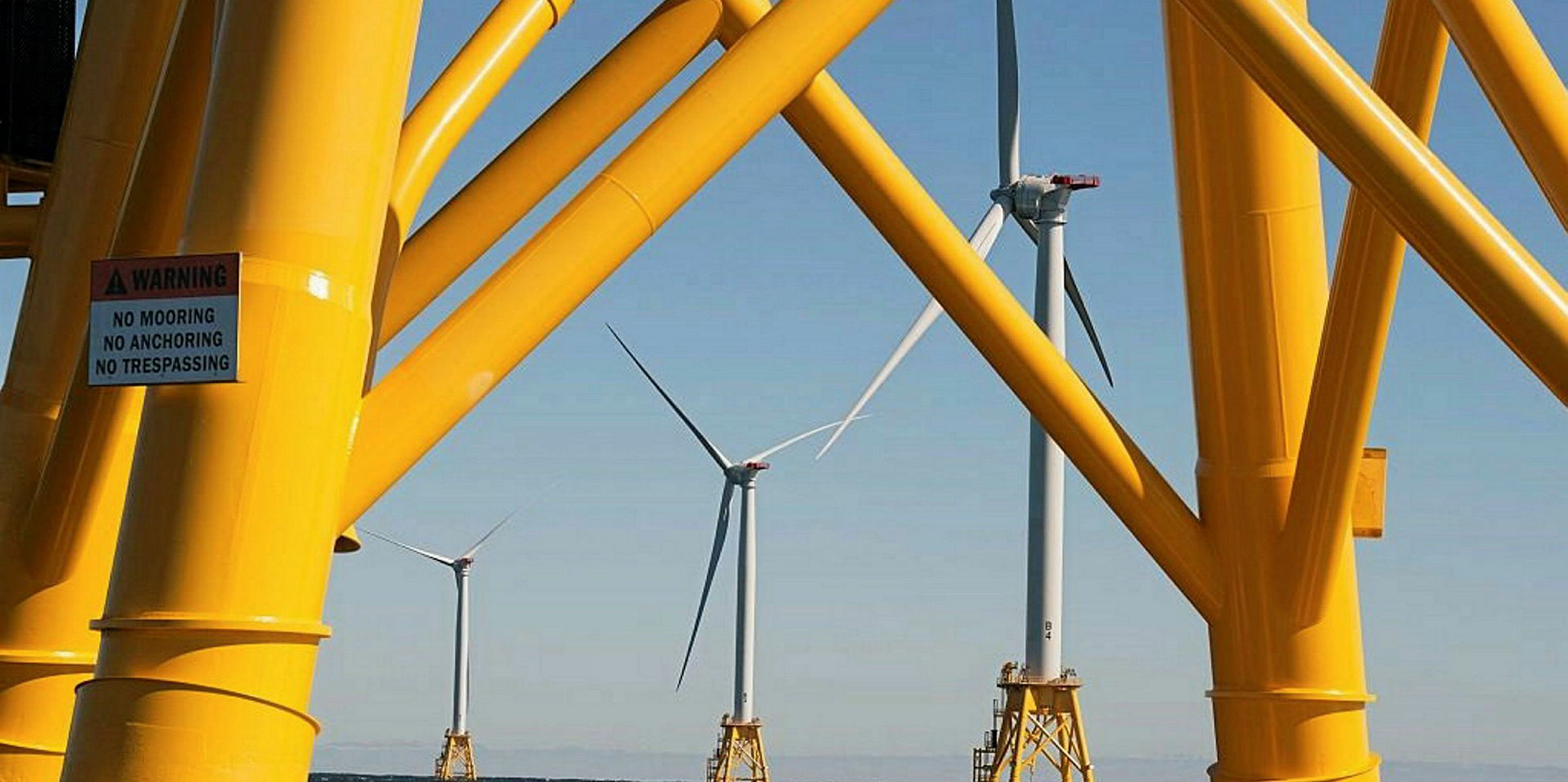America's new offshore wind industry is taking off, with a rapidly growing visible market from now through to 2035.
While only five wind turbines are spinning so far off the coast of the US, the pace of solicitations in the offshore wind sector is increasing. By 2020, 5.9GW of offshore wind power are expected to be under contract and moving towards construction.
This is just the tip of the iceberg. East Coast states are poised to fully exploit this vast clean energy resource, and in the process create an enormous supply chain and business opportunity.
By 2030, nearly 20GW of offshore wind power will be procured and generate nearly $70bn in capex revenue opportunities for the US offshore wind supply chain, according to the forecast in a new white paper by the Special Initiative on Offshore Wind (SIOW) with analysis from the Renewables Consulting Group.
For a long while, there was a real question as to whether or not the offshore wind industry would reach US shores. Now, it's no longer a question of if, but when, and how to smooth the path for rapid commercial lift-off.
There are a few key issues that will determine and differentiate a relatively rocky versus smooth path. From managing the co-existence of offshore wind farms with the East Coast’s long-standing commercial fishing industry, to establishing a strong local base for the offshore wind supply chain, the industry, policymakers and advocates are all undertaking the task of working with others to ensure success.
Meeting the needs of the offshore wind supply chain for more clarity on the market, as they consider short-term localisation of offshore facilities in the US, was a primary impetus for SIOW and RCG’s latest analysis.
As offshore wind suppliers grapple with questions of where, when and whether to set up facilities to build gigawatts of offshore wind power on the Atlantic Seaboard, a key issue is lack of details on the timing and pace, as well as volume and value, of supply-chain contracting prospects. Talk to many suppliers and they will say: “Beyond the leased areas, project development news and gigawatt commitments from the states, we know very little about how the US industry will roll out.”
SIOW and RCG anticipate a steady roll-out — with continuous power procurements from now through to 2030. Seven East Coast states are now in the offshore wind game, some with larger goals, others with smaller needs. So even as procurements slow in one place, they will continue in another.
View from US Shores – Business Perspective
This is good news for suppliers, as the anticipated steady procurement of offshore wind power means a steady growth of work packages and supply-chain contracts from now through to 2030. And with the sheer amount of offshore wind power to be contracted, those supply-chain contracts will be significant in both quantity and value:
- More than 1,700 offshore wind turbines & towers: $29.6bn
- More than 1,750 offshore turbine & substation foundations: $16.2bn
- More than 8,000km of upland, export & array cables: $10.3bn
- More than 60 onshore & offshore substations: $6.8bn
- Marine support, insurance & project management: $5.3bn
- Total by 2030: $68.2bn
What is needed for the supply chain to feel even more confident and committed to greater investment and localisation, is for states to provide more certainty about their offshore-wind procurement timelines, infrastructure development and supply-chain incentives. Information is power, and more details for suppliers about the market's path ahead will mean a smoother, quicker deployment of US offshore wind power.
Other challenges also loom, as do their solutions and a way forward. That's a topic for my next letter off America's wind-powered shores.
Stephanie McClellan, author of theWhite Paper, is director of SIOW and also a new director at RCG


